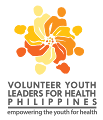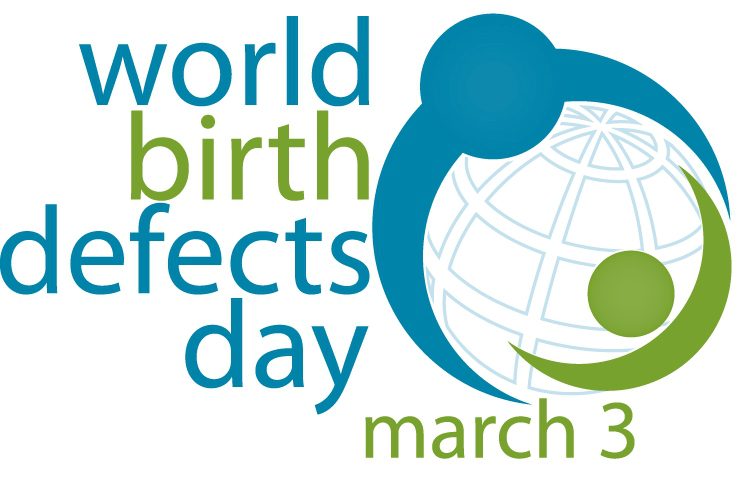- With the recent end of the Millennium Development Goals (MDGs), the global community has moved towards the adoption of 17 Sustainable Development Goals (SDGs) that are set to be completed from 2016-2030.
- Building on the eight Millennium Development Goals (MDGs), the SDGs aim to end poverty, fight inequality, tackle climate change and protect the environment.
- VYLH-Philippines advocacies primarily respond to the Health SDG (Goal 3) particularly the prevention of newborn deaths and promotion of universal health coverage.
- In addition to this, promoting public awareness on the importance of folic acid supplementation in the prevention of neural tube defects addresses prevention of potential newborn deaths, and the nutritional needs of women in the reproductive age, at the same time.
- Meanwhile, the enactment and future implementation of the RA 10747 (Rare Diseases Act of the Philippines) will not only address the health of Filipino rare disease patients but also their inclusion to society.
Health Promotion and Advocacy Update
Series of 2016
What are the SDGs?
The Sustainable Development Goals, also known as Global Goals, were adopted by world leaders at the UN Sustainable Development Summit on 25 September 2015. The 17 goals set for another fifteen years, 2030, aim to end poverty, fight inequality, tackle climate change and protect the environment. The SGDs are included in the 2030 Agenda for Sustainable Development.
Moving Forward: From MDGs to SDGs
Built on the progress made by the Millennium Development Goals (MDGs) or the eight anti-poverty targets that the world committed to be achieved by 2015, the SDGs have a broader sustainability agenda that go beyond the MDGs. Adopted in 2000, the MDGs were targets that tackled poverty, hunger, disease, gender inequality and access to water and sanitation.
Based from a World Health Organization release, “the 17 SDGs are broader and more ambitious than the MDGs, presenting an agenda that is relevant to all people in all countries to ensure that "no one is left behind." The new agenda requires that all three dimensions of sustainable development – economic, social and environmental – are addressed in an integrated manner”.
VYLH-Philippines and Its Advocacies
The Volunteers Youth Leaders for Health – Philippines (VYLH-Philippines) is a national collaboration of youth leaders of youth organizations in universities and communities in the Philippines. This novel undertaking is part of an international effort to establish the March of Dimes - Global Network for Maternal and Infant Health (GNMIH) participated by youth counterparts in China and Lebanon linked by the common interest of volunteerism and public service, to improve birth outcomes worldwide through advocacy.

Since its inception in
July 2009, the leaders of the VYLH network have been conducting advocacy and promotional work in their respective schools and communities focusing on the following health concerns:
- Increasing awareness among women in their reproductive age on the significance of folic acid supplementation in the prevention of birth defects;
- Increasing public awareness in saving babies from mental retardation and death through newborn screening; and
- Lobbying public support for the urgent passage of the Rare Disease Act, an act addressing the needs of patients with rare, orphan disorders.
 |
Causes of 2.761 M deaths during the
neonatal period, worldwide (2013/WHO) |
In 2015, promoting prematurity awareness was placed as an advocacy for consideration of the network. According to the WHO, prematurity is the leading cause of death in children under the age of 5 worldwide. In social media, materials and infographics on global and national statistics on premature births, complications and risk factors were posted and shared in time for World Prematurity Day (November 17). One of the points highlighted in the campaign is the importance of awareness in the prevention of preterm births.
Furthermore, the network has also played an active role in promoting the concern on birth defects - awareness, prevention, care and research, as it participated as an
international partner of
World Birth Defects Day (March 3) this 2016.
Both birth defects and preterm births contribute to more than
40 percent of neonatal deaths in 2013(WHO).
The two are also within the scope of the goals and programs of GNMIH.



























